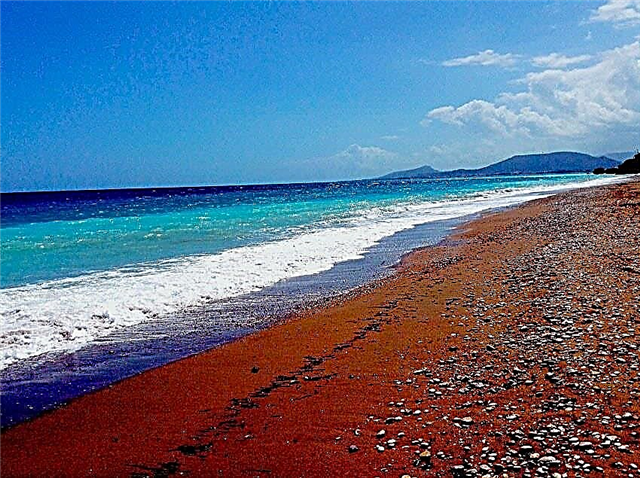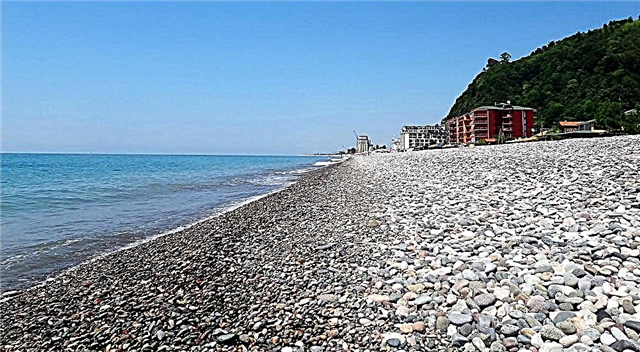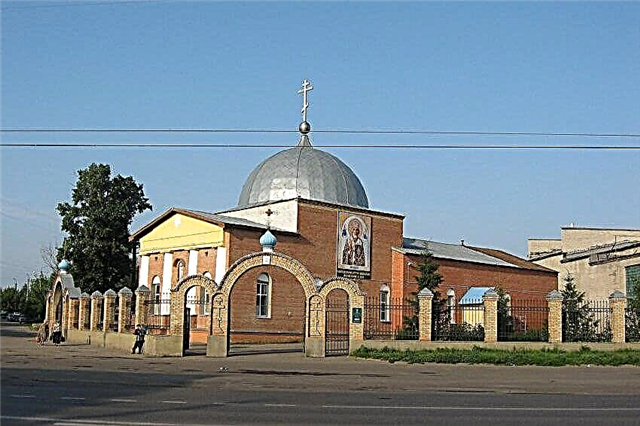
I invite you to get acquainted with one of the most unusual cities in Mexico. It is officially recognized as magical, the Mayan Indians have lived here since ancient times, there is one of the oldest monasteries in the New World, and ancient pyramids proudly rise above residential buildings. And he's all yellow!
I saw the first Mayan pyramid in my life not on some ancient ruins, but in a small Mexican town in the north of Yucatan. A huge, monumental pyramid rises majestically right above residential buildings, shops and other modern buildings. Can you imagine that? Probably, this is possible only in some magical city, you say. Quite right. Fortunately, our Isamal is just that - he officially has the status of a "magic city".
This city is unique not only because five of the most real Mayan pyramids proudly flaunt on its streets. It is extraordinary in that it is one of the oldest continuously existing cities in America. Just think: it was founded by the first Mayans at the very dawn of their civilization, and since those ancient times people have constantly lived here. Almost all other cities on the continent were abandoned long before the arrival of the Spanish conquerors, but not Isamal. The city was founded in the period 750-200 BC, that is, it is already about 2500 years old. He is about the same age as Rome.
The most grand pyramid Isamal is dedicated to the Mayan sun god Kinich Kak Mu. Its dimensions are simply incomprehensible - the base alone covers an area of 8000 m². Other pyramids are much smaller.



However, the largest pyramid of the city was destroyed in the 16th century by the Spanish missionaries and educatorsto build a Catholic monastery in its place. It is, of course, beautiful, but this vandalism is completely unforgivable. However, they always did this when they wanted to symbolically destroy the old government and establish a new one. This barbaric operation was led by the famous bastard - Bishop Diego de Landa, who also earned a place in history for the fact that he perpetrated the Inquisition on the Mayan lands and burned all the manuscripts of this people. Only three books miraculously survived from that fire - if not for them and the genius of the Soviet scientist-decoder Yuri Knorozov, we would never have been able to read the Maya letters and learn the history of this civilization.
Apart from its pyramids and history, Isamal attracts tourists with its unusual appearance. Almost all buildings are painted in the same yellow and gold color scheme, so the city has an easily recognizable and unique look. Wandering the streets of this sunny city is a great pleasure. Very nice!



Monastery of Antonio Padunsky despite such an ignoble origin, we liked it: beautiful, cozy, atmospheric, pleasant. We walked around its territory with pleasure for an hour and a half. For its time, it was a grandiose building, especially for the New World, where Spanish rule was just being established. Almost half a thousand years have passed since its construction (1561), but even today the atrium of the monastery is inferior in size only to the Vatican. By the way, this is one of the oldest Catholic buildings in the entire New World.


Especially in the monastery, I liked the galleries around the atrium and the charming little patio inside. As soon as I was there, this courtyard immediately touched me with something, stirred some strings of my soul or memory. What was it? I do not know. That feeling remained in that white chamber courtyard: while still there, I understood that this elusive feeling belonged to that place and I could not take it with me.

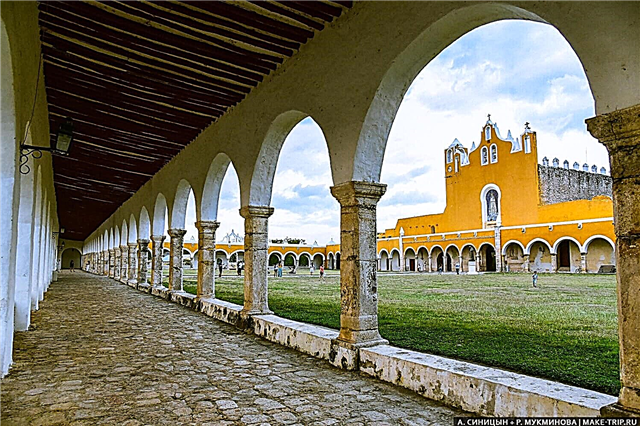
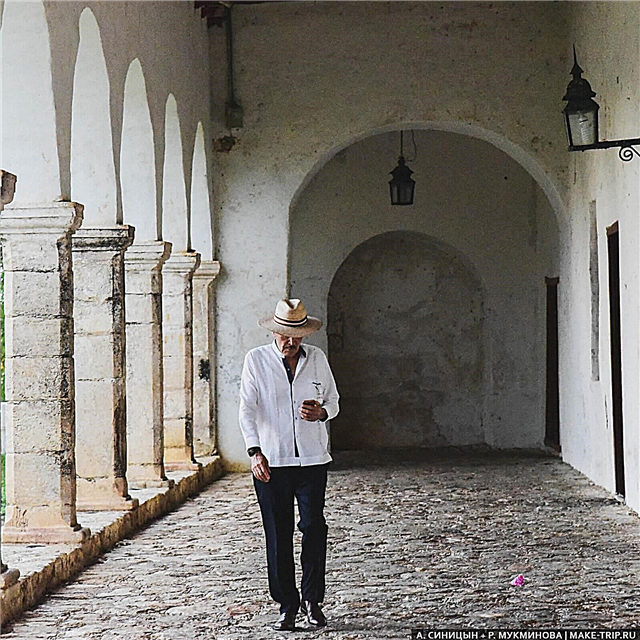
Today Isamal is a place of Catholic pilgrimage. Several statues of saints are said to work miracles. The statue of the Virgin of the Immaculate Conception ("Our Lady of Isamal") is especially revered, she is also the patron saint of the state of Yucatan.

Isamal, like many other settlements in Yucatan, Chiapas and other states in southern Mexico, is still the territory of the Mayan Indians, and their language is even more common here than Spanish, and serves for communication of residents.

The name of the city translates as "a place where there is daily dew" or "constant drizzling rain".
Regarding the status of the "magic city", this is indeed the official title that the government awards to small towns and villages with a high level of culture and rich heritage, which can attract tourists with the beauty of their landscapes, crafts, traditions, cuisine and hospitality. There are more than 130 of them in Mexico.

It is easy to get to Isamal even from Cancun and other resorts of the Mayan Riviera.
Distances:
- Cancun - 254 km,
- Valladolid - 95 km,
- Tulum - 200 km,
- Merida - 68 km,
- Playa del Carmen - 240 km.







